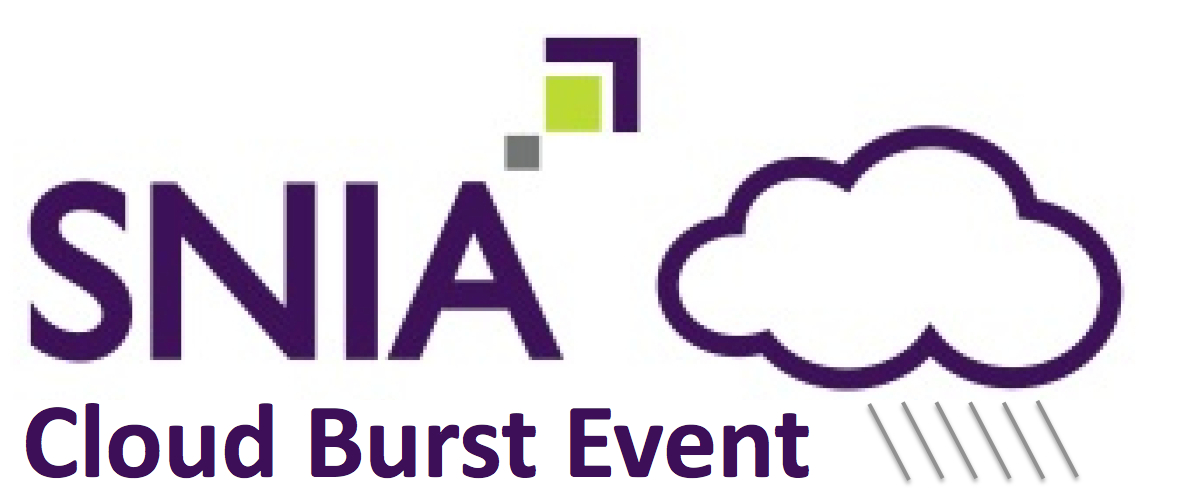Last week a friend and I were talking about our children and the conversation turned to affordable options for college. It turns out my friend’s daughter is doing very well in school and eager to study agriculture, but is applying to only a couple state universities. I suggested that she should keep her options open and also apply to top agriculture schools like Cornell, but at $50,000/year cost is a major issue and sadly the reality is that colleges are becoming less and less affordable each year.
So it wasn’t enough for my friend’s daughter to have options, she needed affordable ones. I found myself comparing the college admissions world with my world, that of Information Technology, and thought how fortunate we were that technology breakthroughs like 10GbE not only provide improvements in performance and quality of service, but do so while delivering affordable options.
Let me explain.
First, it’s important to recognize the transition from 1GbE to 10GbE is happening now. Several factors are driving this transition, and with server virtualization, there is strong market demand for 10GbE. In fact, according to a May 2010 IT Brand Pulse survey, nearly two-thirds of the questioned IT managers indicated they had or were in the process of deploying 10GbE and half said server virtualization was driving the adoption of 10GbE.
Reality is that 10GbE is already being integrated and deployed onto motherboards with server manufacturers launching 10GbE as LAN on Motherboard (LOM) solutions on blade, rack, and tower servers. Furthermore, in their July 2010 report, the Dell’Oro Group estimated that 13.4M servers will ship with a 10GbE LOM by 2014 up from 0.5M in 2009 – they predicted that sometime in or during the back half of 2012, servers with 10GbE will outnumber those shipping with 1GbE. Additionally, the overall 10GbE per-port-pricing is already less than $400 and expected to drop further as 10GBaseT solutions are introduced.
But what does this mean for storage?
It comes down to affordable options and with 10GbE, there are multiple IP storage protocols to access both file and block data and 10GbE iSCSI is very compelling as there are even more options from which to choose. The standard baseline today is that operating systems provide an iSCSI software initiator that is essentially along with most standard operating systems and runs on most 10GbE NICs – sort of the basic converged 10GbE model.
To offload the server CPUs, for straightforward booting from an iSCSI SAN, and especially for enterprise-class manageability, converged iSCSI adapters that run both NIC and iSCSI offload are an option. In the past, this would have required the purchase of an iSCSI adapter. But today, some 10GbE LOMs and NICs can provide iSCSI adapter functionality as part of their standard offering or through a pay-as-you-go upgrade model.
So when you’re buying your server especially if you’re planning to use it for virtualization, for basic I/O scalability you should consider the benefits of a server with a 10GbE LOM and remember that it’ll also provide storage connectivity with an iSCSI software initiator. And if you’re undecided whether you need the benefits of an iSCSI adapter but want to keep your options open, keep in mind that some server LOM solutions already support iSCSI offload or can be upgraded to support it. This way, you have a 10GbE solution with built in affordable options for iSCSI.
I know this is somewhat of a stretch from the world of colleges and unfortunately 10GbE doesn’t help my friend’s daughter, but I do hope that she sees the value of having options and applies to Cornell – you never know if a scholarship or financial aid might come through and give her that affordable option.

 This is an event that is squarely focused on Cloud Storage and brings together end users, cloud providers and storage vendors for a unique experience including demos, a showcase and in depth sessions on this part of the overall cloud industry. More information is available on the
This is an event that is squarely focused on Cloud Storage and brings together end users, cloud providers and storage vendors for a unique experience including demos, a showcase and in depth sessions on this part of the overall cloud industry. More information is available on the